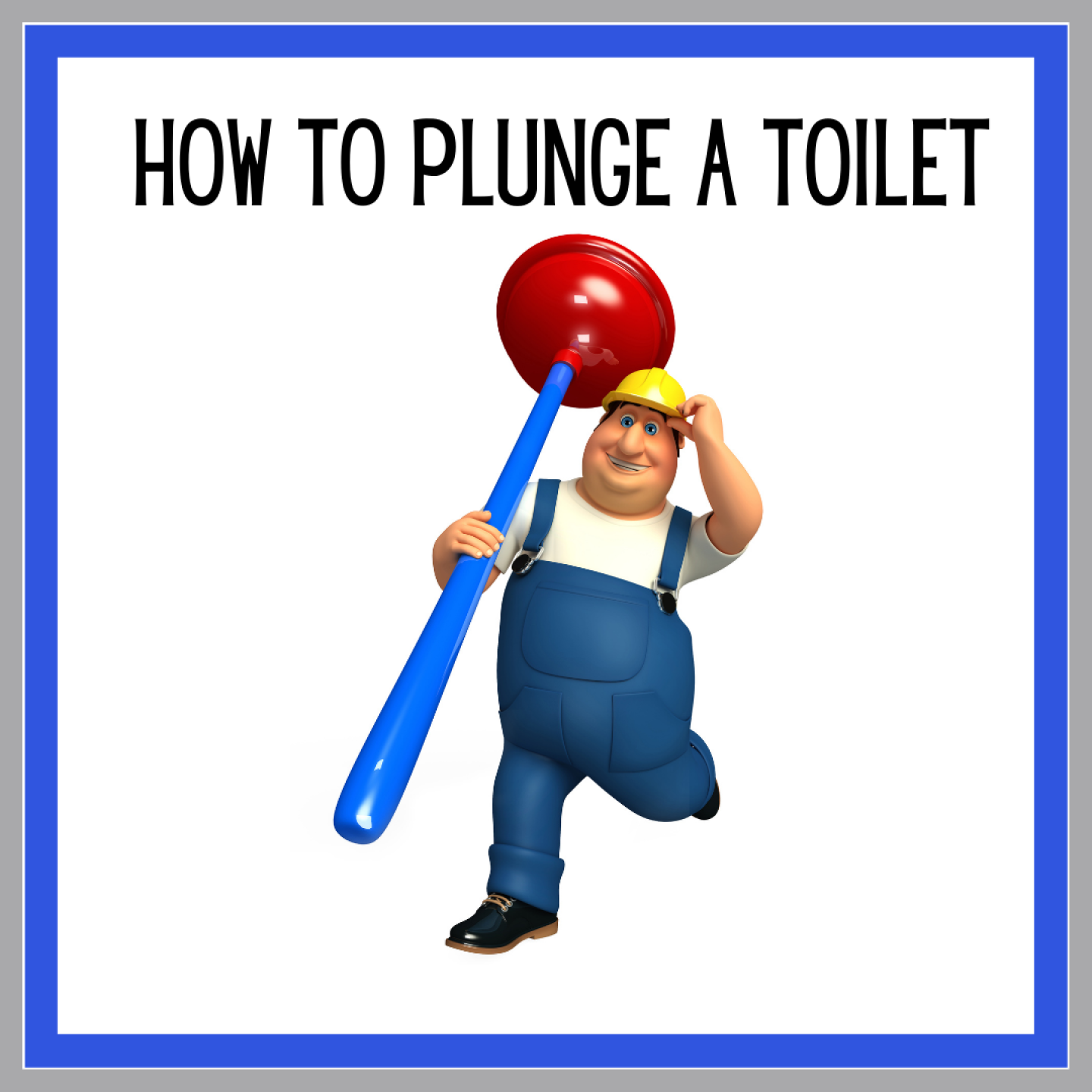For a simple tool, for those who have never used a plunger before, it can be a little nerve-wracking. Typically, the situation is messy and no one wants to make it messier. To confidently handle a plunger, just follow this simple tutorial.
A simple rubber plunger is the most common. To use a rubber plunger you simply position the hole in the plunger as evenly over the hole in your drain (toilet or otherwise). Once in position, press firmly to push the air out of the plunger. Don't let the plunger lift up from its position around the drain while you press down. This will give you a vacuum seal.
When you release the pressure, the suction should hopefully pull up from the drain that did not want to go down. If you have an excessive amount of tissue paper in a toilet, for instance, due to an over-eager child using more wipes than should ever go down the pipe at once, you can use the plunger to pull the wad of wet paper away from the drain as it flushes. Then, with a plastic bag and rubber gloves, you can move that paper to a trash bag. It may be gross, but no worse than flooding your toilet if you insist on trying to force more down a hole then will fit.
Learn This Essential Skill Now!
Regardless of whether your clog needs to be pulled away or go down the drain, you may need to plunge a few times before the clog becomes dislodged. If no amount of plunging is doing the trick, you will want to pick up a plumbing auger from the hardware store.
There are a ton of videos on YouTube that can show you exactly how to operate a plumbing snake (auger), though there are many varieties out there, so you may have to fish around for one that matches the type you purchase.
If your toilet clogs frequently, you should have a plumber out to assess the situation. It may be as simple as too little water going down from your tank. Or it could be as serious as a backed-up septic or collapsed drain pipe. But the sooner you identify the problem, the more money you are likely to save in repairs.
Do not be tempted to use a drain cleaning fluid. Such chemicals can cause damage to your pipes.

Recent Comments